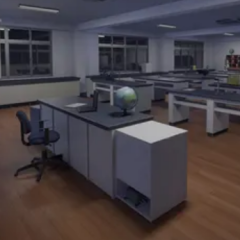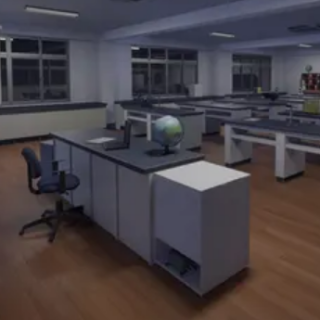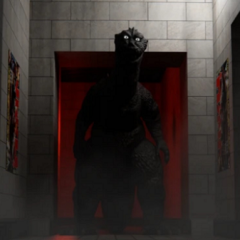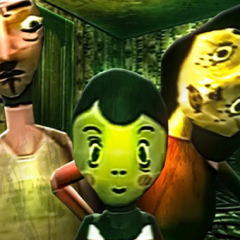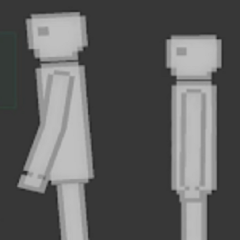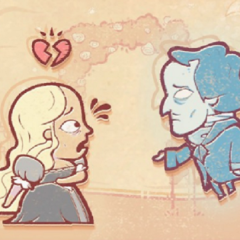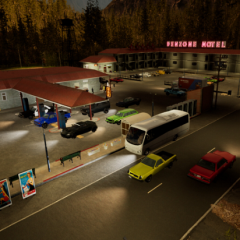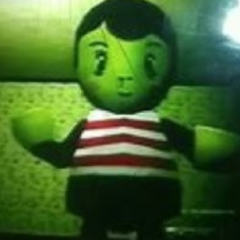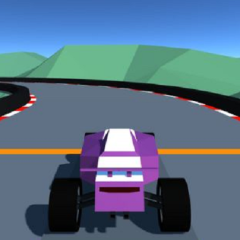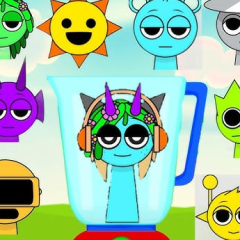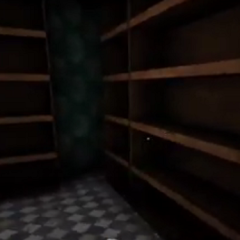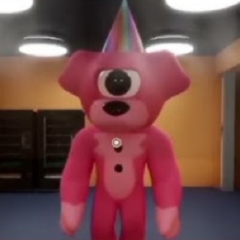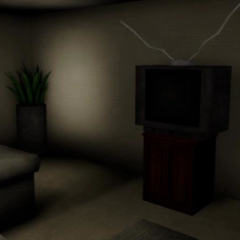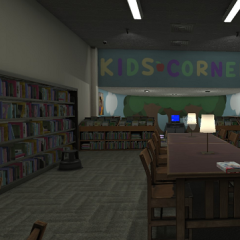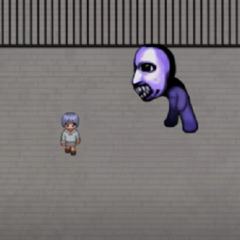School 666 introduces players to an unending school corridor where every object and decision holds potential danger. The game centers around the concept of anomaly detection, where players must decide whether to move forward or turn back based on what they observe. Progressing through this looping environment becomes a test of memory, logic, and awareness. The seemingly simple mechanic grows more complex as players encounter hidden layers of reality.
Dynamic Environments and Memory Challenges
Each room within the school may appear ordinary, but careful observation often reveals inconsistencies. Items might subtly change position, lighting may shift, or entirely new objects could appear. Identifying these changes is the key to survival. Moving forward in the presence of an anomaly sends the player back to the beginning, reinforcing the importance of paying attention. The deeper players go, the more subtle and deceptive the differences become.
Encounters Beyond the Hallways
Every few levels, the game introduces a new type of danger—anomaly bosses. These entities drag players into alternate versions of the school, where the rules are no longer familiar. In these moments, traditional pattern recognition becomes unreliable, and the player must quickly adapt to different sets of mechanics to survive and escape the stage. These shifts maintain the tension and add variety to the game structure.
Content found in School 666 includes:
· Multiple levels of anomaly detection with increasing difficulty
· Anomaly bosses that introduce unique mechanics
· Alternate dimensions with distinct gameplay rules
· A large number of possible visual and behavioral changes
· Support for single-player and cooperative multiplayer
Designed for Caution and Collaboration
The gameplay loop requires deliberate pacing. Rushing leads to mistakes, while observation and communication (in co-op mode) improve success. While some anomalies are clear, others challenge the player’s perception of normalcy. The game encourages trial, error, and discussion, especially in team settings where players compare notes to determine the correct path.
Atmosphere and Style
School 666 uses minimal lighting, ambient distortion, and sound cues to build tension without relying on complex visuals. Subtle music changes and occasional sudden audio effects support the unsettling environment. With over a hundred anomalies and dozens of dimensional variations, the experience remains fresh across sessions. Each playthrough tests a different mix of perception, pattern recognition, and reaction to uncertainty.

